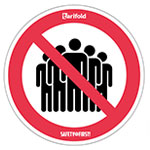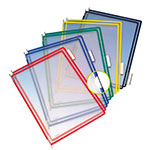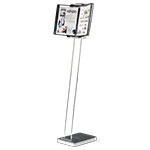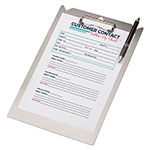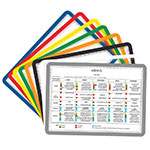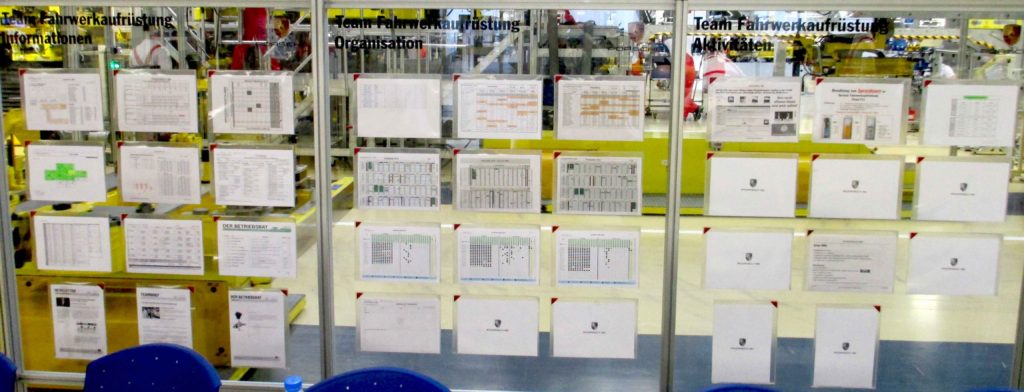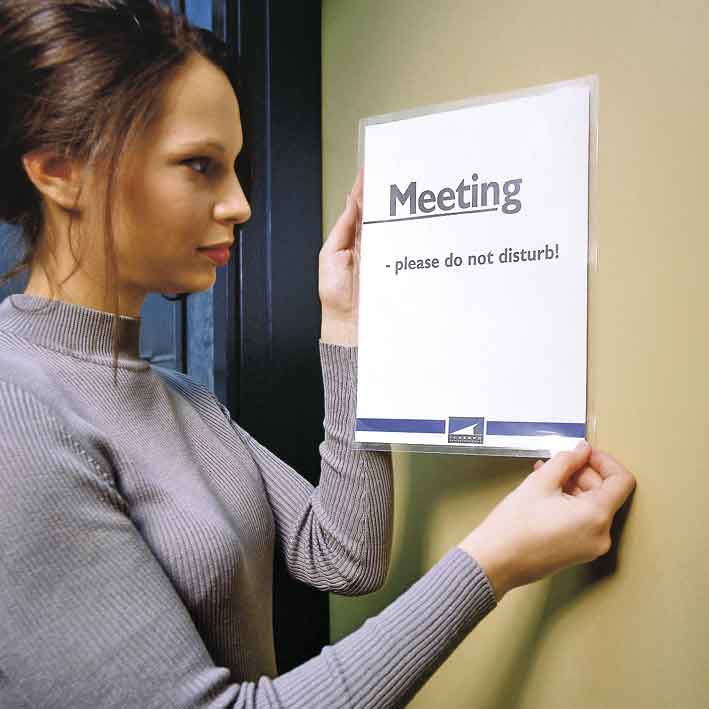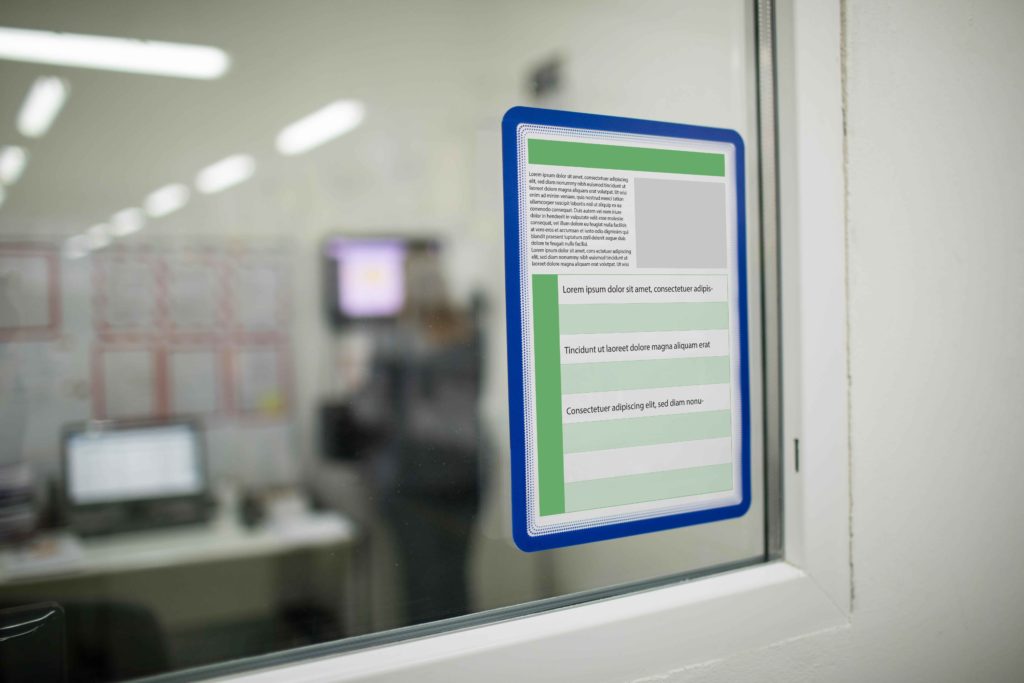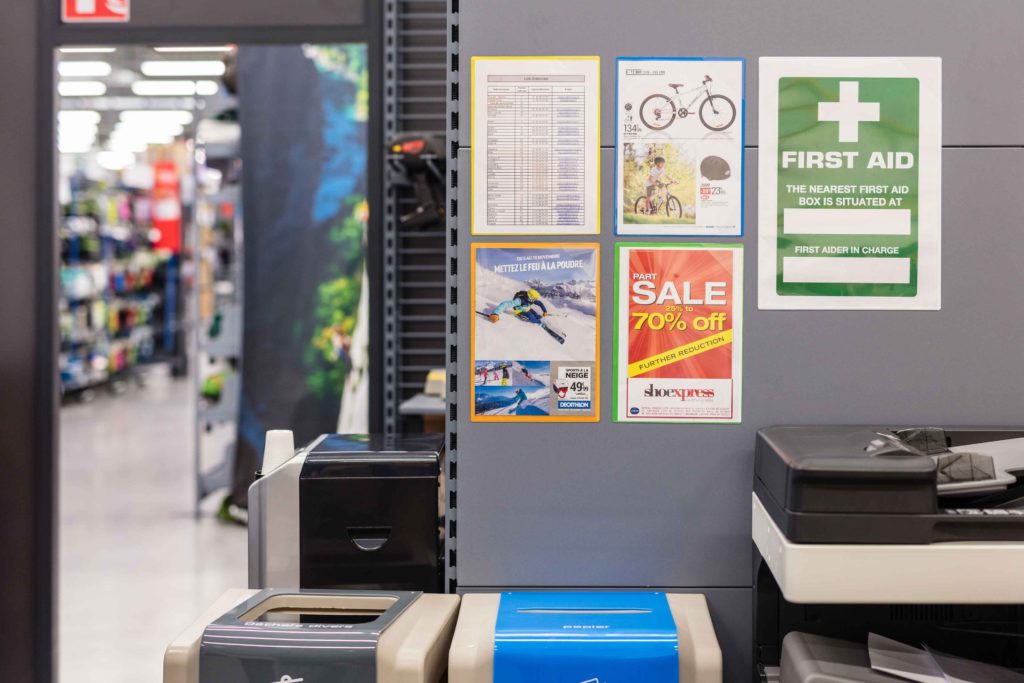
This article will answer the following questions:
- What are the missions and objectives of internal communications in companies?
- Why are internal communications so important within a company?
- What are the keys to successful internal communications?
- What do you need to be careful about when implementing effective internal communications?
The definition of internal communication
Internal communication in a company corresponds to all communication actions aimed at internal stakeholders within the company. The term “internal stakeholders” includes both managers and employees, but also trade unions and shareholders. Internal communication is opposed to external communication, corresponding to all communication actions aimed at stakeholders outside the company, such as customers, suppliers, public agencies, financial institutions and NGOs.
Missions and objectives of internal communication
Information transmission:
The first mission of internal communication in a company is the transmission of information.
-
Top-down, bottom-up, and transversal communication
The transmission of information may follow a top-down process. This means that information comes from management, is conveyed in all departments and hierarchical levels, and is circulated to workers. The transmission of information can also follow a reverse process, when it is communicated by a level considered “low” in the organizational chart, flows between departments, and reaches management. These two processes are called top-down and bottom-up communication. There is also a communication called transversal communication, present in organizations with no real hierarchy where information flows between different hierarchical entities to coordinate the work of multiple collaborators (I.e. project management). These three processes will be the subject of a future article.
-
Types of information
Different information circulates within a company, some of it mandatory, such as information related to safety or company regulations, others voluntarily, such as information related to company changes, new contracts, company performance, works council updates, systems’ process updates, HR activities, corporate and marketing events, regulatory updates, etc.
Other types of information transmitted in internal communications include department feedbacks, suggestions for improvement, which may concern products, procedures or market indications, as well as sharing know-how or techniques, such as sales techniques or manufacturing know-how.
-
How information is transmitted under several forms
There are two types of internal communication, static (e-mails, signage, company newsletters) or interactive (meetings, intranets, social networks).
Essentially, information can be transmitted through 4 different media: digital, print, signage or face-to-face.
Digitally, information can be communicated via informative e-mails, internal newsletters, intranets, corporate social networks and mobile applications. Signage and print mediums, such as posters, bulletin boards, corporate newspaper, and monthly editorials, can also be very effective ways of communicating, especially where employees do not have regular access to computers and digital content (i.e. workshops, warehouses, etc.). Face-to-face information transmission is most effective in smaller companies with a small number of employees. Information is then transmitted live through planned meetings. This guarantees that every employee receives the same level of information at the same time. Informal transmissions of information can also occur between employees at times such as coffee and lunch breaks. However, it is better for a company to control the flow of information than to let the information get disseminated and/or deformed through word of mouth and gossip.
A forthcoming article will detail the choice of the communication medium with regards to the type of information to be communicated.
Adhering to the company project:
The second mission of internal communications in the company has to do with getting employees to adhere to the company project.
-
Internal communication as a medium to spread the company’s culture
The company’s culture or company project are its DNA. Each employee must be taught the company project and adhere to it in order to efficiently reflect it externally, to stakeholders outside the company or to potential future employees of the company.
Attachment to the company project erases individualities for the benefit of a collective corporate identity. This allows the company to be represented by a group, not by the sum of its individualities.
-
Unite around the company project
When the culture and the company’s project are truly spread and integrated by the employees, a sense of belonging is created in everyone. This sense of belonging is essential to generating employee involvement. This will allow the company to capitalize on common values and objectives. Employees will also be less resistant to change and new directions, since he/she will be aware that change is part of the company project.

Motivate employee:
The third mission of internal corporate communication is to motivate employees.
-
Valuing successes
Internal communication in the company also makes it possible to highlight the company’s successes. It can highlight a project and the role of each person in it. This increases individual recognition, which is an essential factor in motivating employees.
-
Increasing skills
By sharing new or proven techniques and know-hows, the company enables individuals to increase their skills. Employees also feel committed to the company and the missions assigned to them.
Why are internal communication so important within a company?
-
Important for customers
The company’s customers benefit from effective internal communications through the improvement of the services provided to them. In addition, customers would benefit from the improvement of the company’s external image, through the dedication of its employees.
-
Important for internal stakeholders
The result is a better work atmosphere and better employee morale. Teamwork is developed, cohesion is reinforced, and the efficiency and creativity of employees is stimulated. Employees will adhere to the corporate vision, feel more involved and considered. They will also be able to develop closer personal relations and pool skills. And as with the company’s customers, employees will appreciate and benefit from an improved company external image.
-
Important for corporate management
Employees will be more loyal and as a result, employee turnover would decline with fewer new employees, and the overall skill level in the company should increase. This avoids time consuming recruiting sessions and lengthy training periods for new employees that would be necessary to acquire the skills specific to the company. This would stem the talent drain to competition. In addition, effective internal corporate communications lead to the improvement of the employer brand, which in turn attracts more talent to the company.
For the management of the company, good internal communications lead to increased efficiency through better consistency. Communication would not be unilateral, which would allow services to be decompartmentalized and productive synergies to be created within the company.
With every employee adhering to the business project, changes would be more fluid. In addition, the company would ensure it has control over the flow of information to reduce deformed statements and rumours.

According to a 2018 Gallup study, only 15% of employees worldwide are engaged in their work. (Source)
Internal communications may be a solution to the low employee commitment rate….
Keys to successful internal communications
To ensure successful internal communications, the company must ensure that the information provided is honest. The information must be true, without attenuation or exaggeration.
Communication requires the embodiment of the company’s culture, values and image, since it is its relay.
The objectives of internal communication must be defined, as well as the lines of communication and the degree of detail of the information to be transmitted, particularly on subjects that may be difficult such as strikes or mergers and acquisitions.
Resources must be deployed. They must be chosen and then implemented. Human, material and financial resources are utilised. Human resources refer to the dedication of one or more people to carry out this mission. The services that can be dedicated to internal communication can be Human Resources Management, General Management or Communication Services. The material means are characterized by the communication media used.
Another key to the success of internal communication in a company is the measurement of results, which means measuring the impact of communication on the company’s internal stakeholders.
Finally, it is necessary to continuously adapt to the remarks and suggestions of the people benefiting from the communication, in order to continually improve the process.
Points to watch out for
Different elements must be considered to ensure that internal communication remains effective.
Let’s take signage for example.
-
Be visible
All stakeholders concerned must be able to benefit from the information.
Signage is considered visible when it is displayed where the people affected by the information regularly pass by and see it. The same information should be displayed multiple times, in different places frequented by those who will benefit from it. In this way, the information is sure to be read and re-read by all concerned.
-
Be readable
Readable signage allows those benefiting from the information to find it easily and quickly.
A readable information is displayed in a place with no superfluous elements around it. When displayed, information should be organized in a clear and logical way. Placing information where it is relevant or will be most read is also important. For example, information related to the Work’s Council can be appropriate in the break room, or information related to a company’s performance can be displayed on a clearly organised bulletin board in the production facilities.
Signage will also be more readable depending on how it has been designed. A readable poster or sign should present little but essential information (volume of text, quantity of graphic elements, multiplicity of fonts or images). The choice of font and font size will make it easy and quick to read. It is advisable to avoid light colours (yellow, apple green…) in titles and texts. Moreover, attention should be paid to the background image. It must be in line with the information.
-
Continuously catch the eye
In addition to visible and readable information, it is necessary that the eye is continuously drawn to the information. The information must be highlighted. The information can be highlighted through the design of the poster and the choice of medium.
The design of the sign or poster influences its attractiveness and increases the interest of the reader for that information. A well-designed poster will attract and be more easily read. For catchy signage, design, colours, drawings, photos, and graphics should be chosen carefully. Likewise, the overall originality of the poster is important.
The choice of medium to organise and structure the information also impacts its attractiveness. Color coding information can help employees quickly identify certain types and categories of information they might be interested in or important information they need to pay attention to. Framing information can also enhance the impact of the message. Structuring and organizing information will make it easier to find.
In addition, the information must be renewed regularly to continue to be eye-catching and relevant. When a reader gets used to always seeing the same information in the same place, he stops reading it. It becomes a fixture that the brain automatically reads but does not actually register. Regularly changing the design, graphics, positioning, medium or the way the message is written will allow that message to stay relevant in the eyes of the reader.
Some examples of eye-catching mediums:





